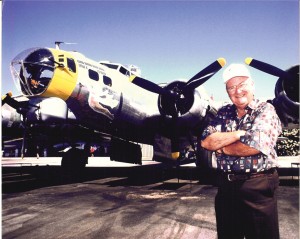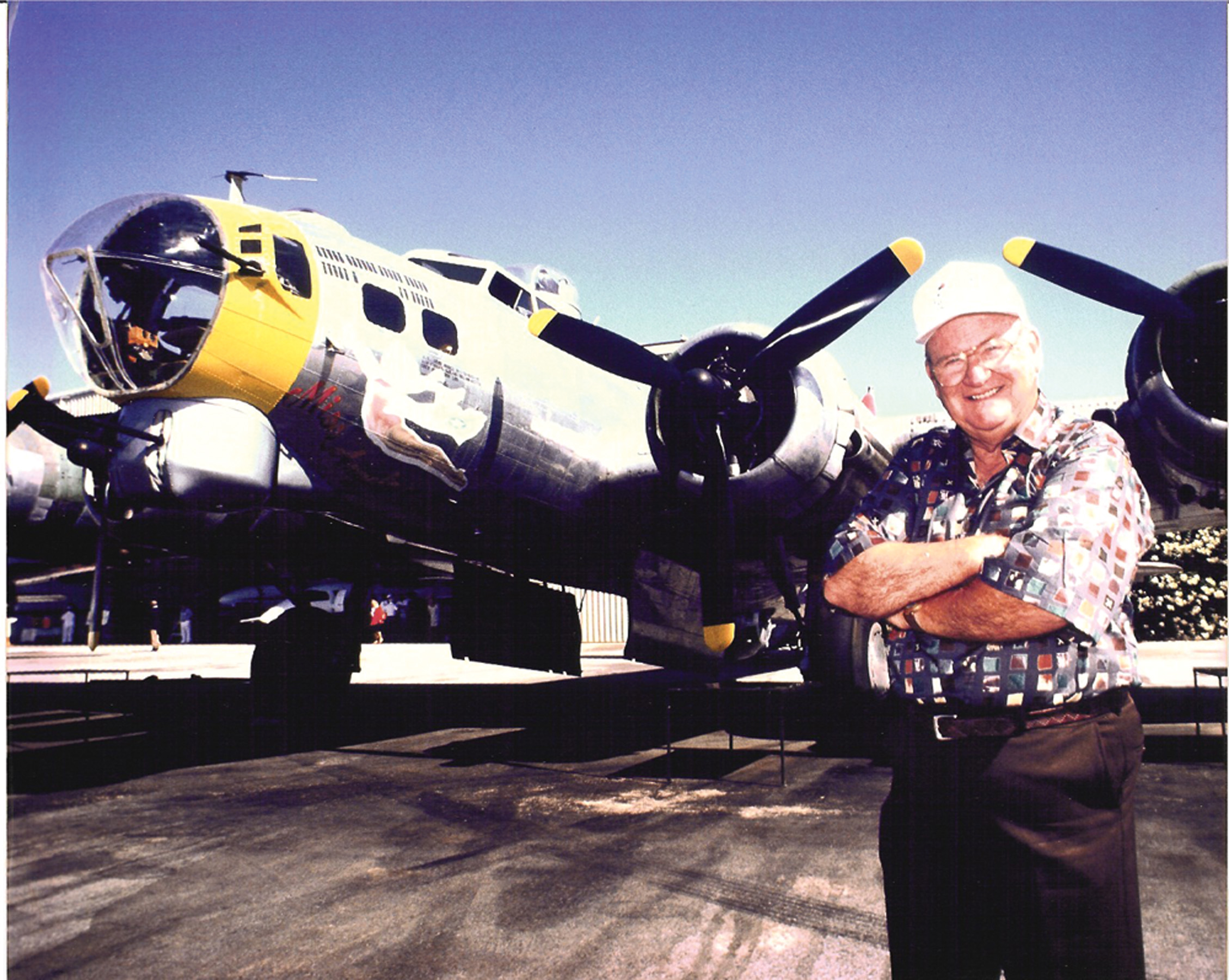 As one of the most prolific aviation and automobile collectors in the world, aviator, philanthropist and businessman Bob Pond has done a lot to preserve aviation heritage.
As one of the most prolific aviation and automobile collectors in the world, aviator, philanthropist and businessman Bob Pond has done a lot to preserve aviation heritage.
Pond has flown almost every military aircraft from World War II, and has owned most of them. Today, his aircraft are available for the public to see at the Palm Springs Air Museum in California, where enthusiasts from all generations can enjoy his extraordinary collection.
Born in Edina, Minn., in 1924, Pond’s fascination with aviation led him to sign up for the Navy Air Corps on Dec. 7, 1942. Although his training started him towards the South Pacific, WWII ended before Pond could ship out.
He thought about joining the airlines but also had a strong interest in returning to college, which he did. Graduating from the University of Minnesota in 1948, he took his training in business and focused his keen mind on building up the family business, Advance Machine Company.
Building up the floor cleaning machine company into an international juggernaut, Pond used airplanes to further his business interests and took advantage of his success to buy them. Offered a P-40 Warhawk and a P-51 Mustang in 1970, he jumped at the chance to own two incredibly historic aircraft and got hooked on preserving WWII warbirds. His collection grew to include a whole range of Grumman “Cats,” a rugged B-17 Flying Fortress, a Submarine Spitfire and two Douglas A-26C Invaders. His B-25T Mitchell is one of the most flown aircraft, appearing in the film “Pearl Harbor” and still highlighting air shows at the museum.
His affection for the old planes led him to try to change the nature of the Reno Air Races. Appealing to legendary aviation designer Burt Rutan, Pond commissioned the Pond Racer, an all-graphite warbird chaser designed to stand in for the irreplaceable aircraft being damaged or destroyed in air races.
A lifelong fan of automobiles, Pond has also accumulated a collection of over 100 classic cars, from a rare 1948 Tucker to a whole series of Aston Martins.
He continues to capitalize on his success in business by investing in future generations both through his own philanthropic efforts and by supporting his air museum, at which much of his generosity is pointed. This year, he allowed the museum to fully purchase the last 14 planes on loan, guaranteeing their presence for future generations.
Pond also funds several projects and scholarships at his old alma mater, the University of Minnesota. He’s a real example of the American dream, pulling himself up by his bootstraps to help others achieve their dreams.
“This is what people do when they live in this country,” Pond says. “They participate in the opportunities they have to share their knowledge and wealth with others.”











